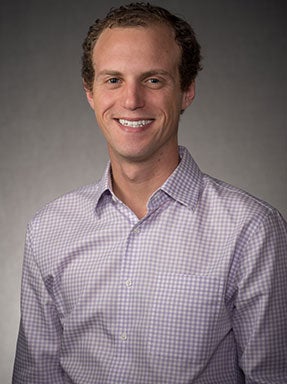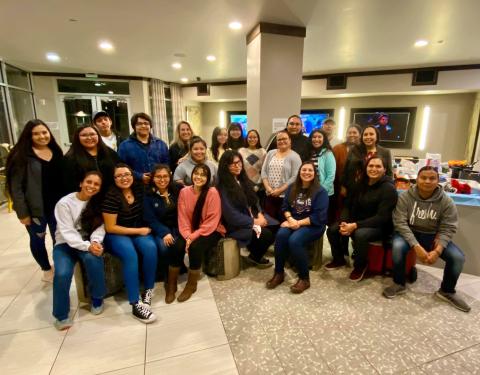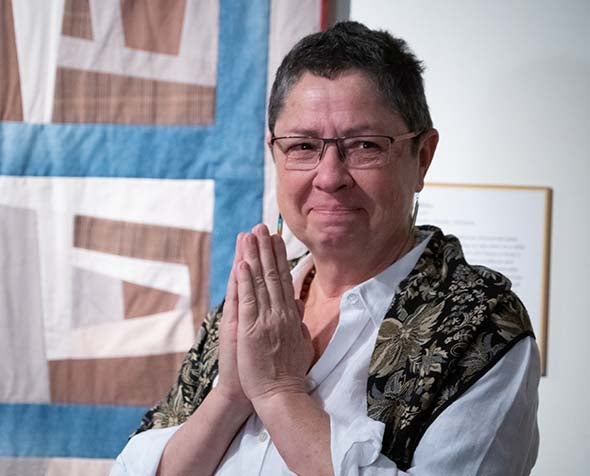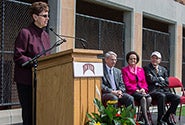Q&A: Celebrating Native American Heritage Month With Stevie Rose Tohdacheeny Lee
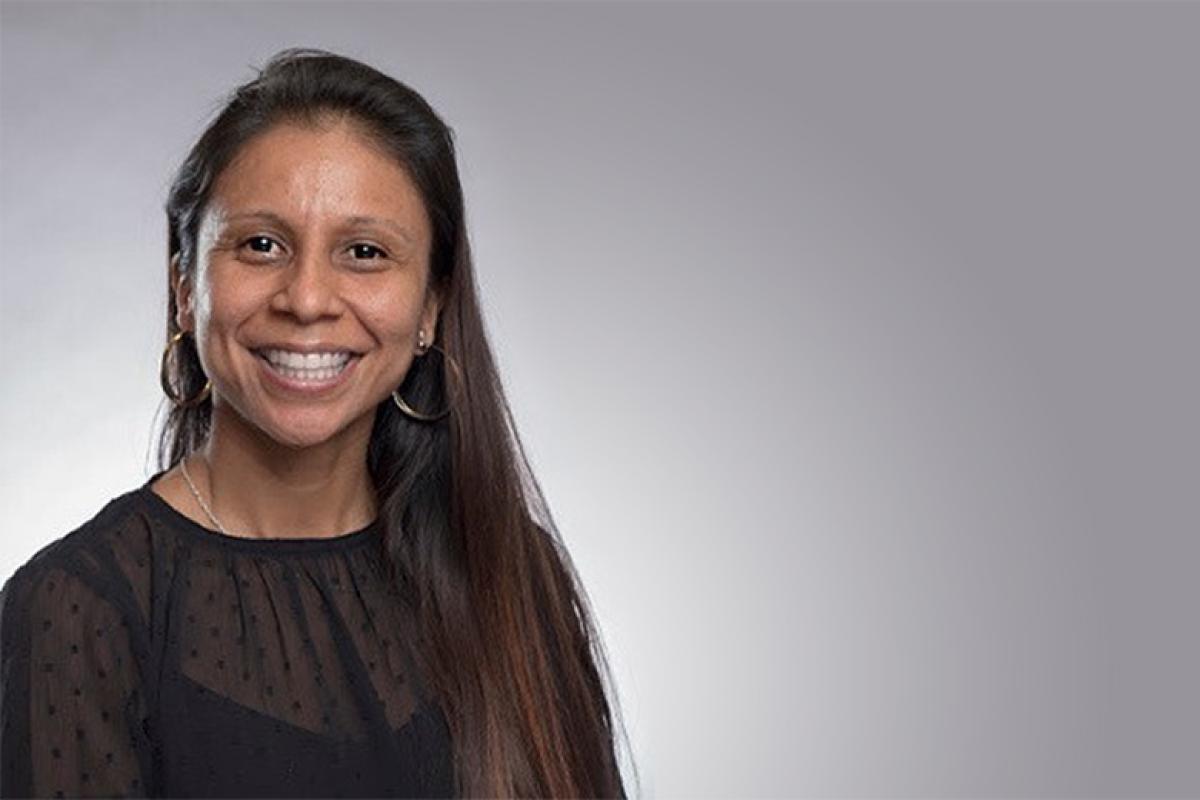
The University of Denver is committed to living our values of diversity and inclusion. We recognize that our community and institutional success is dependent on how well we engage and embrace the rich diversity of our faculty, staff, administrators, students and alumni. With that shared value in mind, throughout this academic year, we plan to publish a series of articles to celebrate cultural and ethnic heritage months. In partnership with Human Resources & Inclusive Community and the Staff of Color Association (SOCA), we will feature a staff or faculty member in recognition of each heritage month, along with an event to honor one another and learn about our unique differences.
After years of working with young adults through the nonprofit Outward Bound, Stevie Rose Tohdacheeny Lee realized the skills she learned could come in handy in a location close to where she grew up, with a community close to her heart. The Indigenous Diné population in Shiprock New Mexico stood to benefit from a hands-on, experiential method of learning.
Lee (MA ’11) enrolled at the Josef Korbel School of International Studies, earning a master’s degree in conflict resolution. But after taking a job at the American Indian College Fund, she decided to dive deeper and take another detour, pursuing her PhD at the Morgridge College of Education.
As she finishes her doctorate, Lee is also working as the Native American liaison and program manager at the Office of Diversity, Equity and Inclusion at the University of Denver.
In her role, Lee works across the University to strengthen programming and support systems for current Native students, recruit prospective Native students and create connections with off-campus Indigenous communities and organizations. She frequently works with administrators, faculty and staff to recommend, implement and advance equitable strategies put forward by DU’s Native American Inclusivity Task Force.
In celebration of Native American Heritage Month, Lee joined the DU Newsroom for a discussion of where Native communities, higher education and her Diné identity intersect.
Not only are you on staff, but you’re also a PhD candidate in the Morgridge College of Education, researching, broadly speaking, Native communities in higher education. Could you tell us more?
I want to know how Native faculty members at Tribal Colleges and Universities (TCUs) experience learning, how they experience teaching, center their narratives, amplify those narratives and critically look at this idea of teaching, research and service. I’m [focusing on] one site back home because I want to contribute to my Diné community.
“Service” as a term has a lot of deeper meanings from an Indigenous context. Being Indigenous, we’re very much connected and tied within our community to our environment as a whole. The community members are very tied into the institution. They have created it, they have built the curriculum about it, they have engaged in a cultural knowledge restoration preservation of their own culture.
When it comes to Native faculty, they do a lot of work outside of just teaching in the classroom. They’re really involved in the community; they’re really involved in national initiatives; but they still find time to show up at the local basketball game and cheer on the local basketball team. Or they find time to hand out food to elders who cannot drive two hours to get to a community center. All of that is part of their teaching and what they consider engagement in learning.
As an alum, current student and member of the staff, how have you and other members of DU’s indigenous community navigated the tension surrounding the Pioneer moniker?
To be honest, I don’t see a way of reconciling the history of the “pioneer,” — the word itself — as a result of the response that was given from [Native Student Alliance] students and allies [of the Righteous Action, Healing Resistance movement]. It was disheartening to hear the responses and it was hard to see the level of sadness and frustration and confusion from our Indigenous students. I think that we have to remember the history: The University is founded upon the genocide of Cheyenne Arapaho people. We can’t erase that, but we have to find a way to address it. I think by having the Pioneer moniker and branding, we’re telling our students and our staff and our faculty that DU is unwilling to reconcile this violent legacy. That has to be addressed. It can’t be swept under the rug. So I stand in solidarity with our Native Student Alliance (NSA) students and Righteous Action, Healing Resistance (RAHR) allies for all the demands that they’re asking for.
In an effort to make DU an inclusive and welcoming place, what would you like to see changed or improved?
If you look at the NSA and R.A.H.R collective organizing around the demands of creating a critical race and ethnic studies department, increasing hiring and retention of faculty of color, addressing the Pioneer branding, increasing engagement with Indigenous communities — all of these action steps will move toward creating a more welcoming environment.
Another thing is to address the systems that continue to ignore student narratives and ignore their voices. We need systems that assure students they deserve to be here, they have a right to be here, they’re welcomed in the space to be able to be creative, and not continuously respond to the violence of discrimination and racism and feel like they’re the other in a space that they’re paying for.
Who in your life has inspired and guided you?
My late grandmother Stella T. Lee was a huge proponent of education, who also helped me to understand that I can walk and breathe and live and be who I am, while still figuring out who I am at the same time. I’m Diné, I’m 5’2” and a half. As a kid, I loved playing in the dirt and playing with cars. But at the same time, I go and attend ceremony and go and practice in my cultural traditions. I’m all these things.
She taught me to be of service. She never put her head down. She walked with grace and she earned respect from being part of the community, serving others. She practiced Diné cultural traditions, but she also went to a mission school growing up, so she was also a devout Methodist. She blended and interwove a lot of her own lived experiences, and so her identity was very complex. She really garnered and lived a really beautiful life.
How do you like to honor, celebrate and live your Diné heritage?
It’s a 24/7 gig. I live and honor it by what I do. I was taught that myz creator is always within arm’s reach. The translation of what my cheii (my grandfather on my mom’s side) would say to me is “the sky is the limit.” And I think for me, living and celebrating it is through the job I get to do and the communities I get to co-construct research with. I can reflect on moments I’ve had and remember memories and I think that’s one way — to continue to remember those critical moments in my past that have brought me joy. The learning curves have brought me a sense of ownership of this life I live now. I think that’s the best way I can celebrate: It’s what I do. It’s who I am.








